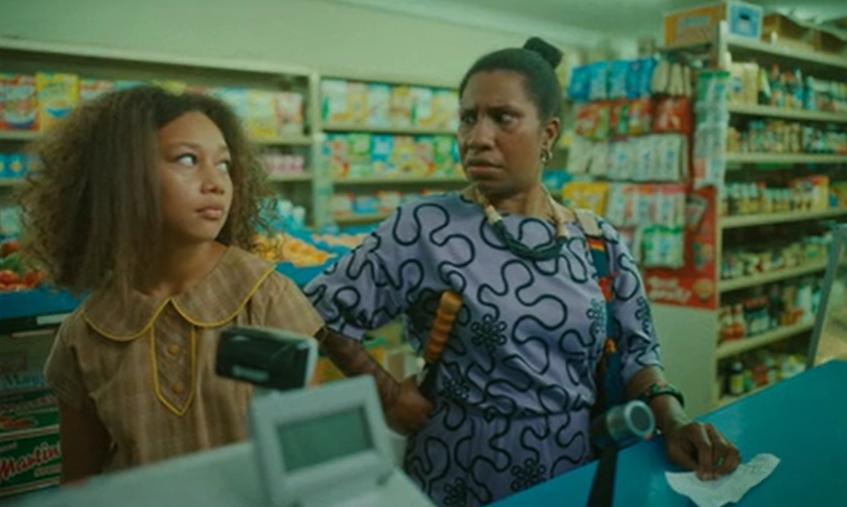Making a Screen Essay
Making a Screen Essay
A different and engaging use of screen texts is to make a screen essay, using clips and stills from the Screening Shorts collection (or any other 'found footage' and resources). Essentially, these are just like a written essay, but rather than including written examples or quotations, you use clips and recorded narration! These essays can be easily created using a basic editing package.
This type of rich, cross-curricular activity can be carried out by the whole class, with different groups working on different sections of the same essay (as is typically done in primary schools), or with groups or individuals working on their own essays (which may be more appropriate at secondary level). It's also a way for young people who find written essays challenging to show their knowledge and understanding in a way that may be more accessible to them.
If you want your pupils to create screen essays, here is some simple advice on how to organise the project.
Research
Research the chosen subject in the usual way. However, make sure you download assets (films, pictures, radio broadcasts, sounds, etc.) in the highest resolution possible and store them in clearly marked folders on the computer.
Narrative
Prepare a basic narrative that outlines the types of things you want to say or discuss, which images illustrate your points and the type of music you would like to use. It often helps to organise these essays in sequences so that they raise and answer specific questions about the topic just as you would do using paragraphs in a traditional essay.
Visual rough-cut
Lay out the clips and images you want to use in the editing software along an approximate timeline. Referring to the scale will tell you how many minutes long it is and how much narration and music you will need. For further details on using iMovie, see our guide **Editing with iMovie: An Introduction.
Narration
You will probably want to write and record narration to introduce, accompany and expand upon the clips and images you have chosen to use. However, be aware that you can also add titles, inter-titles and text overlays as you would with a PowerPoint presentation. The images and clips will give the viewer a great deal of information, so record narration that does more than simply describe the contents of the audio-visual material.
After the narration has been written, practice reading it out to ensure that it says everything you want it to say and that it is easy to read aloud. Practice any difficult words or phrases before recording. Record directly into the programme if possible or record on a separate device (DV camera, mobile phone, Dictaphone...), import this recording into the device, then add them to the timeline.
Once the narration and interview footage is in place, trim the clips and put camera movements over the stills as appropriate. Add any appropriate special effects from the effects menu.
Adding sound
Certain types of essays (e.g. Art and Design) might proceed on an associational level using purely image and music or image and sound effects (e.g. wind, train, traffic noises, etc). To do this, simply import the sounds or music into the editing software and then edit the pictures to the music.
You can find many sounds, historical radio clips and sound effects on the Internet to download and add to your essay. You may also want to strip the sound from of one clip and add it to another.
Record and/or import music into the editing software and drop it onto the timeline. Screen essays can be cut in time with music to enhance meaning.
Reviewing and fine-tuning
Peer review is a powerful motivating force. Play the film to other members of your group or other groups and ask them to say what they do/do not understand and suggest improvements. Fine-tune the clips sequencing, lengths, cuts, transitions and sound levels until you are completely happy - or as near as you can be! Publish the finalised essay.
